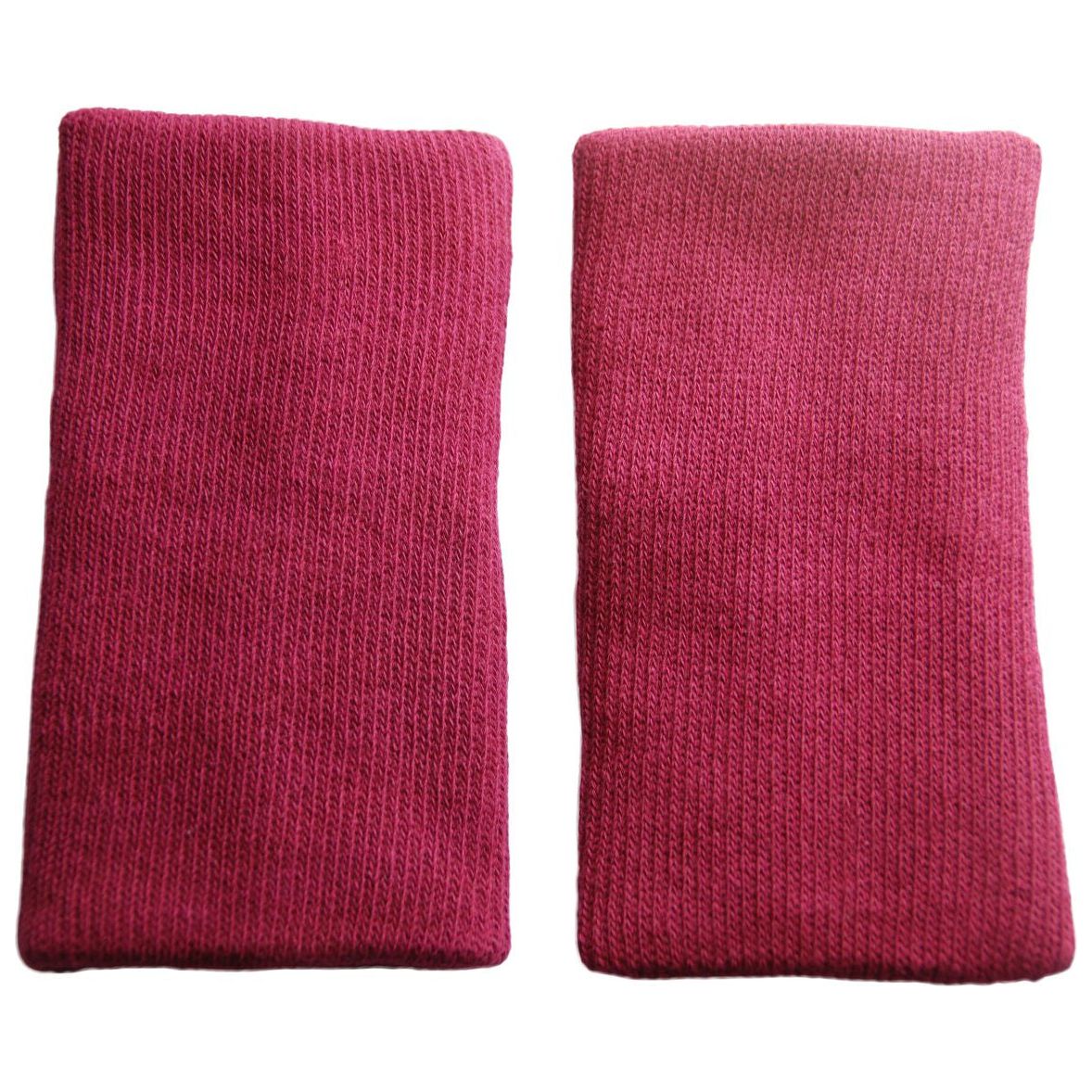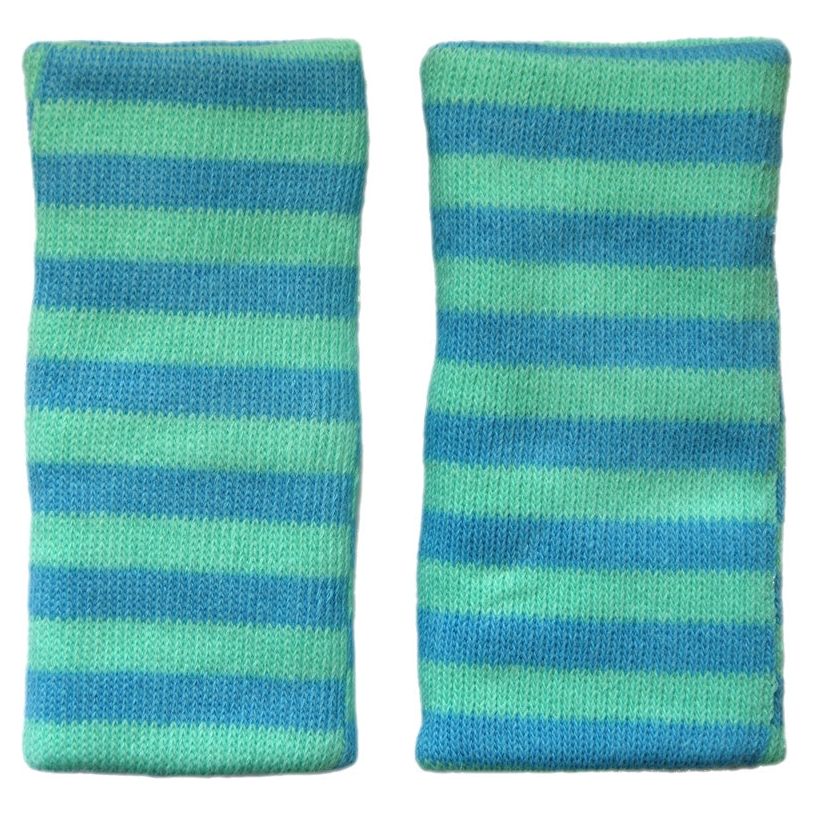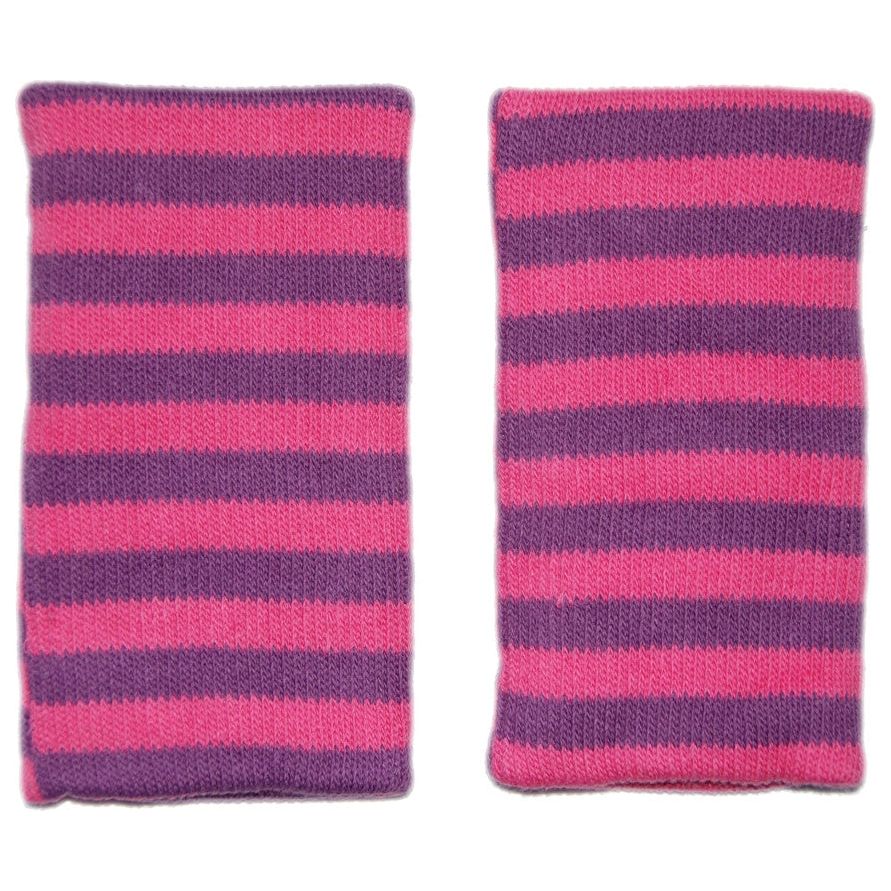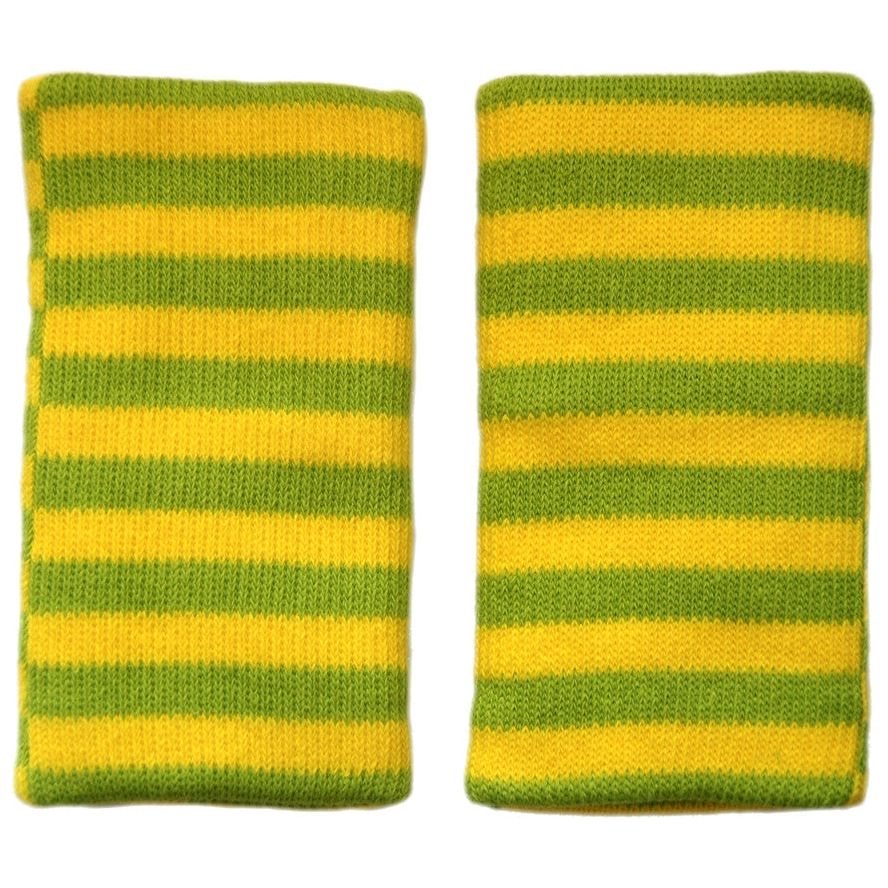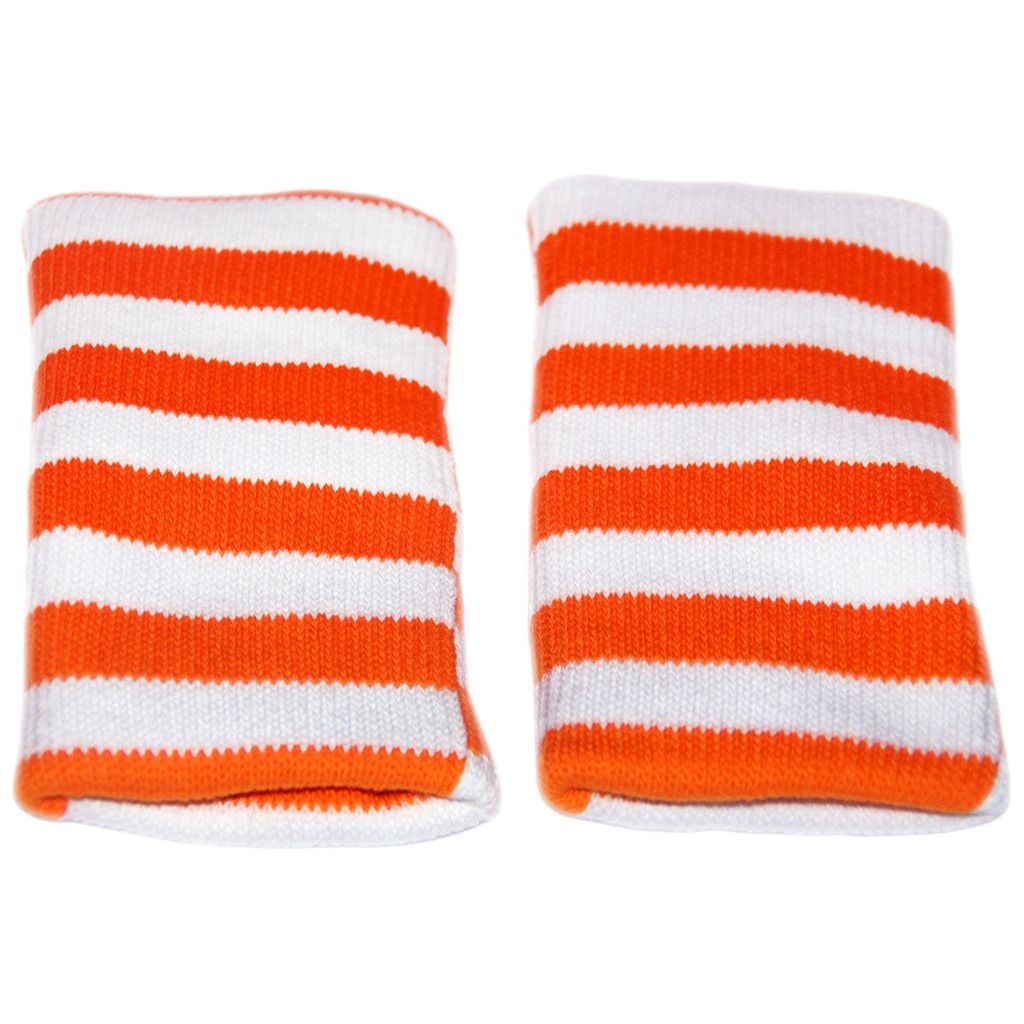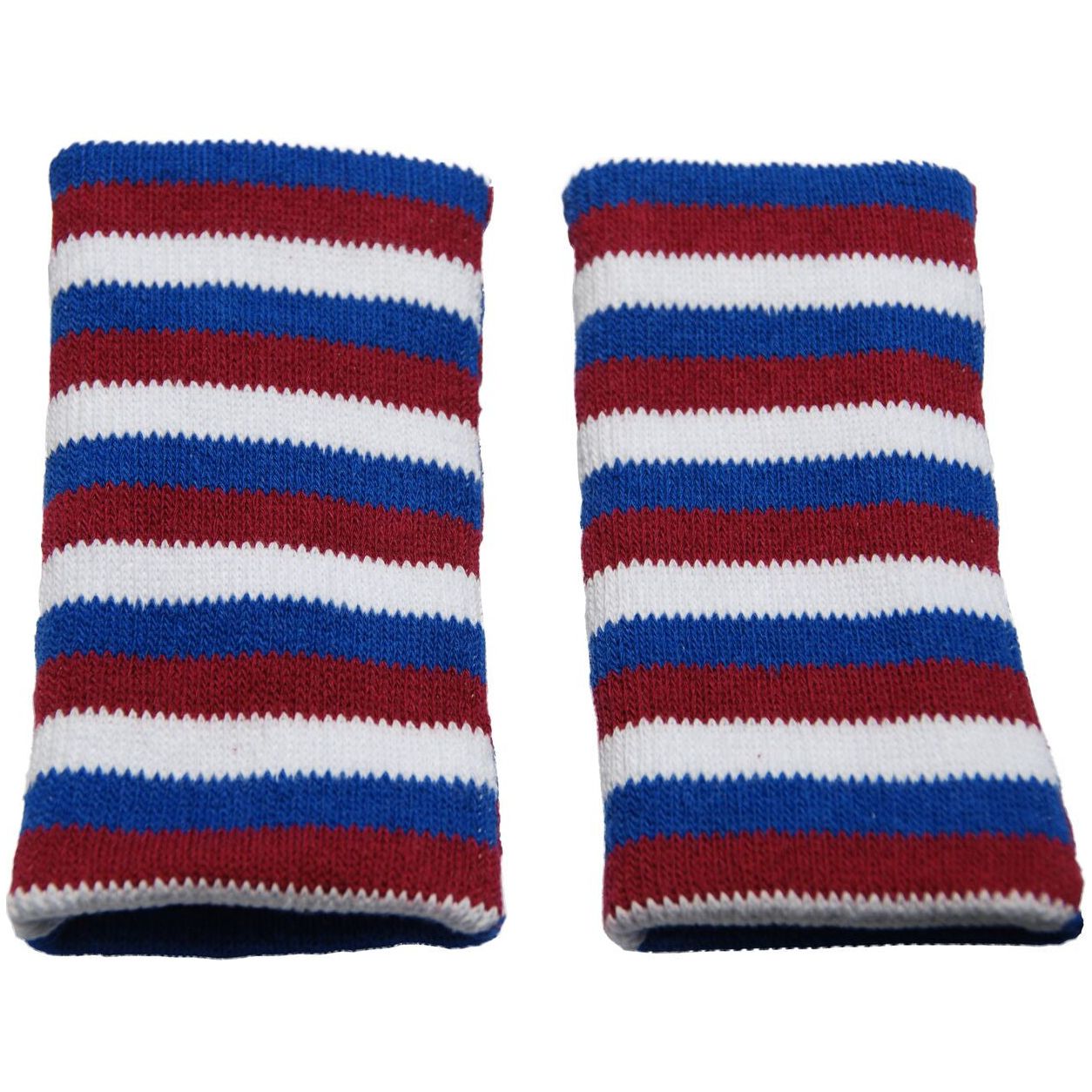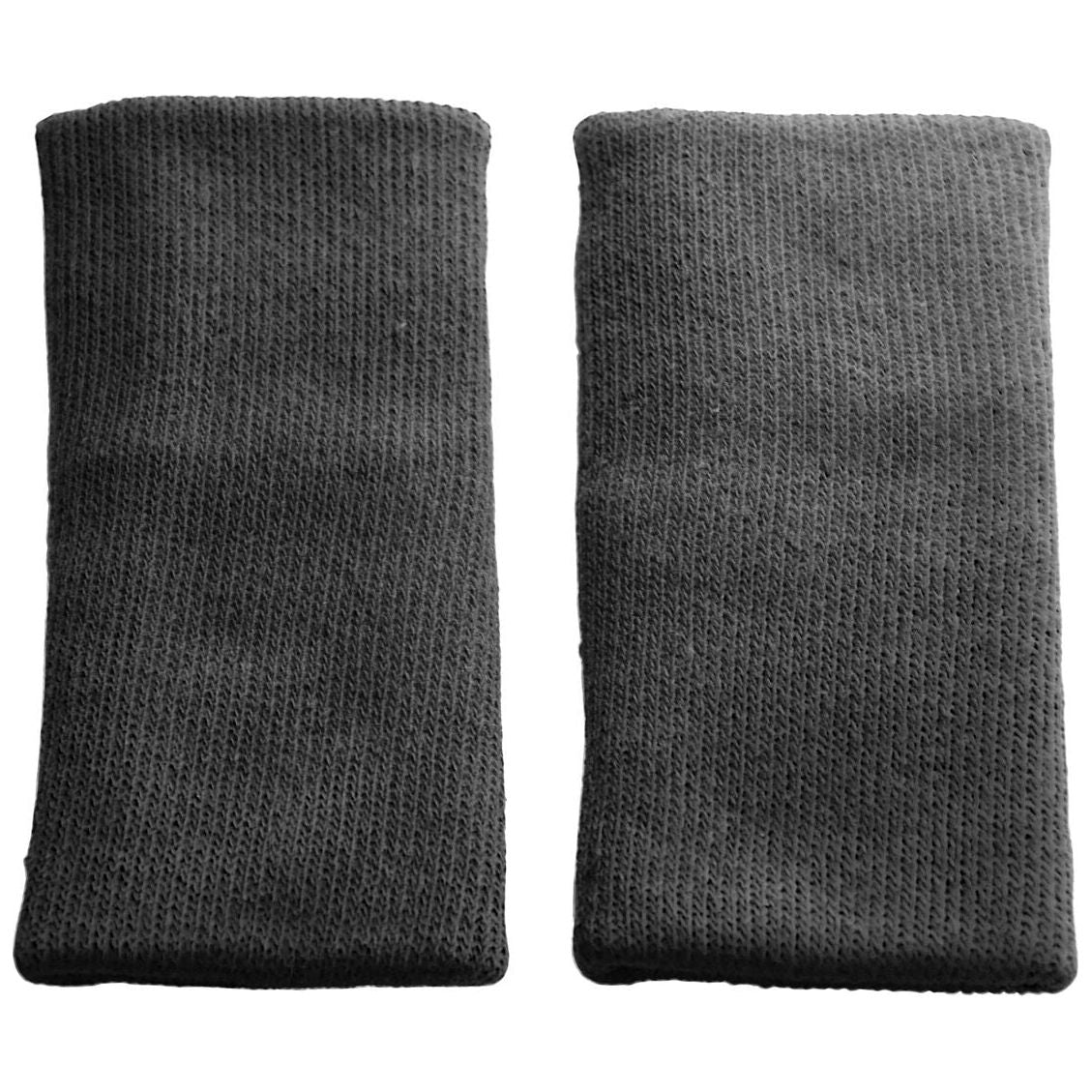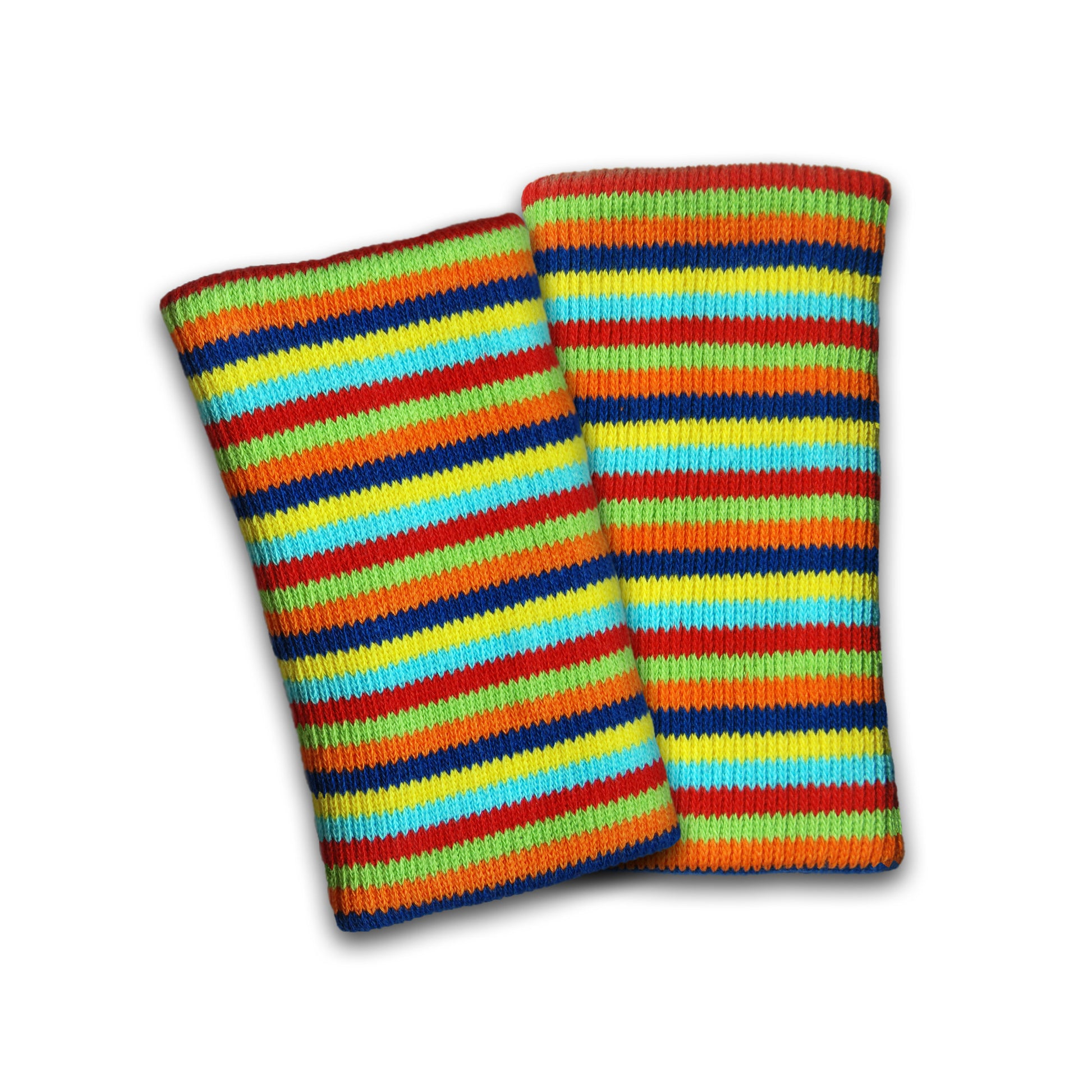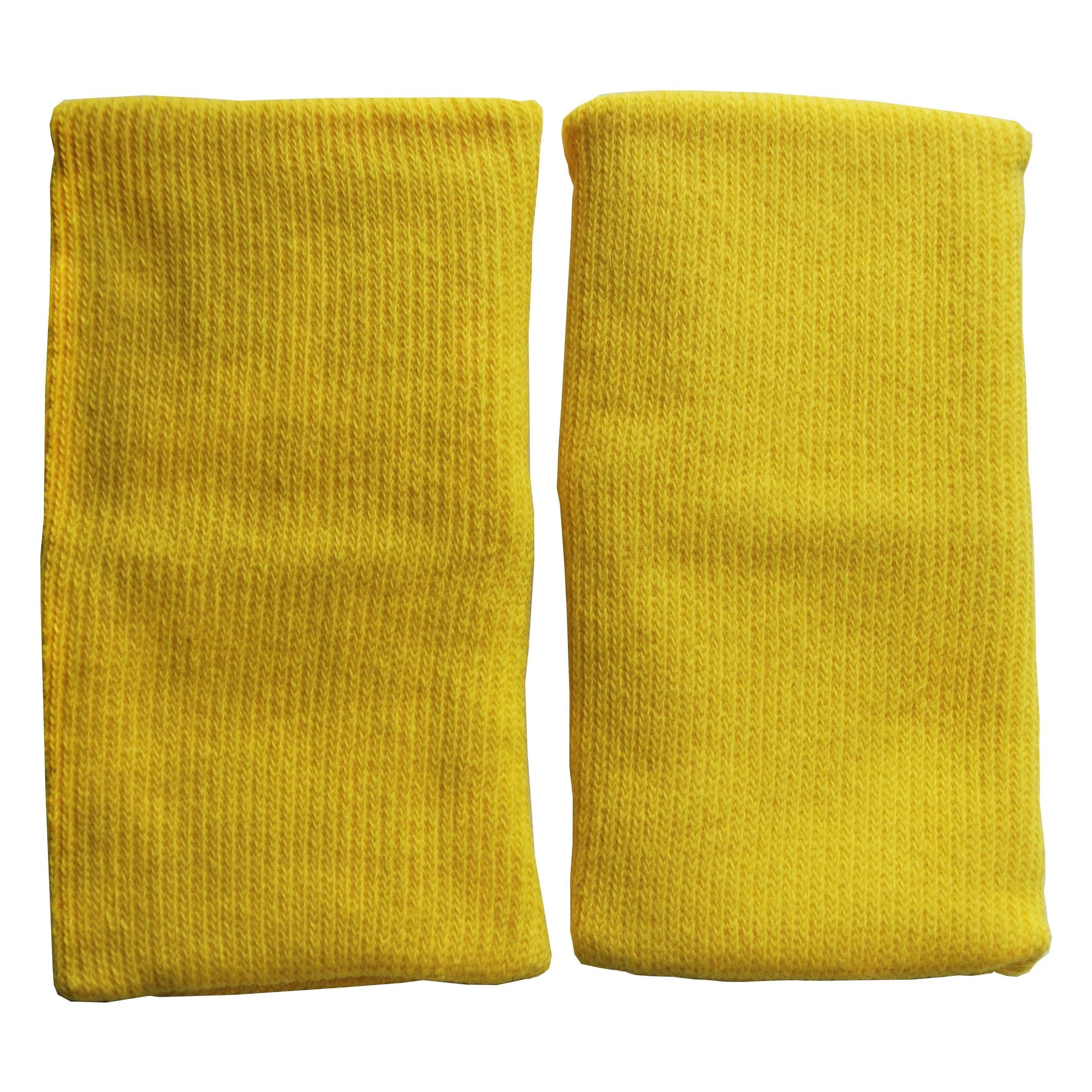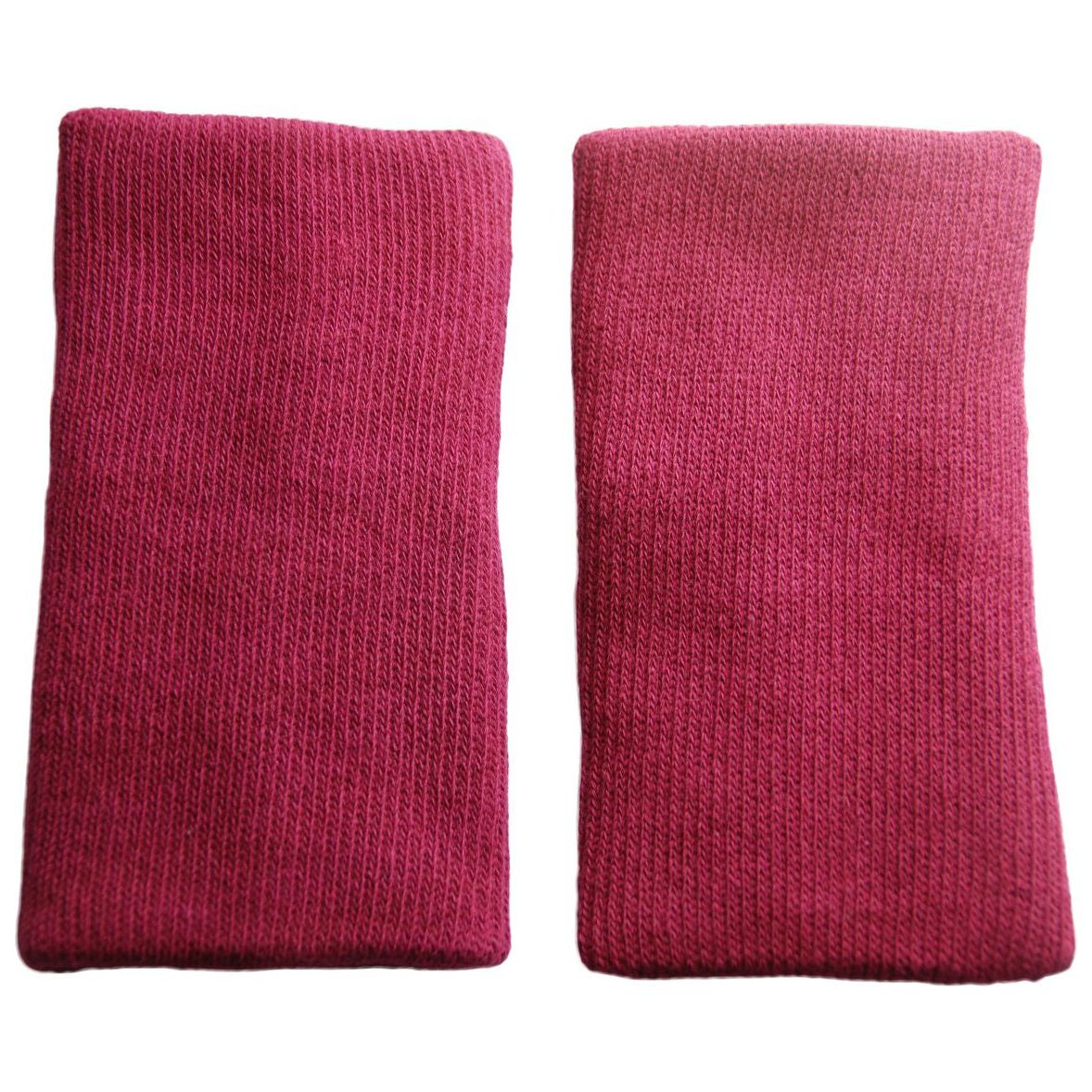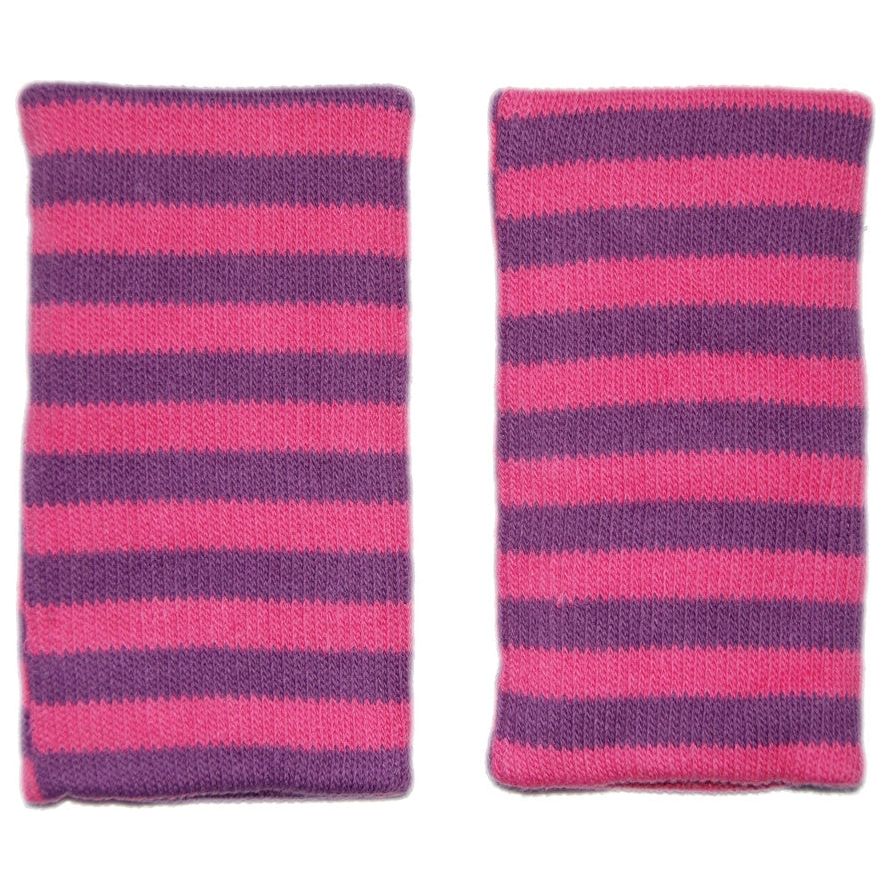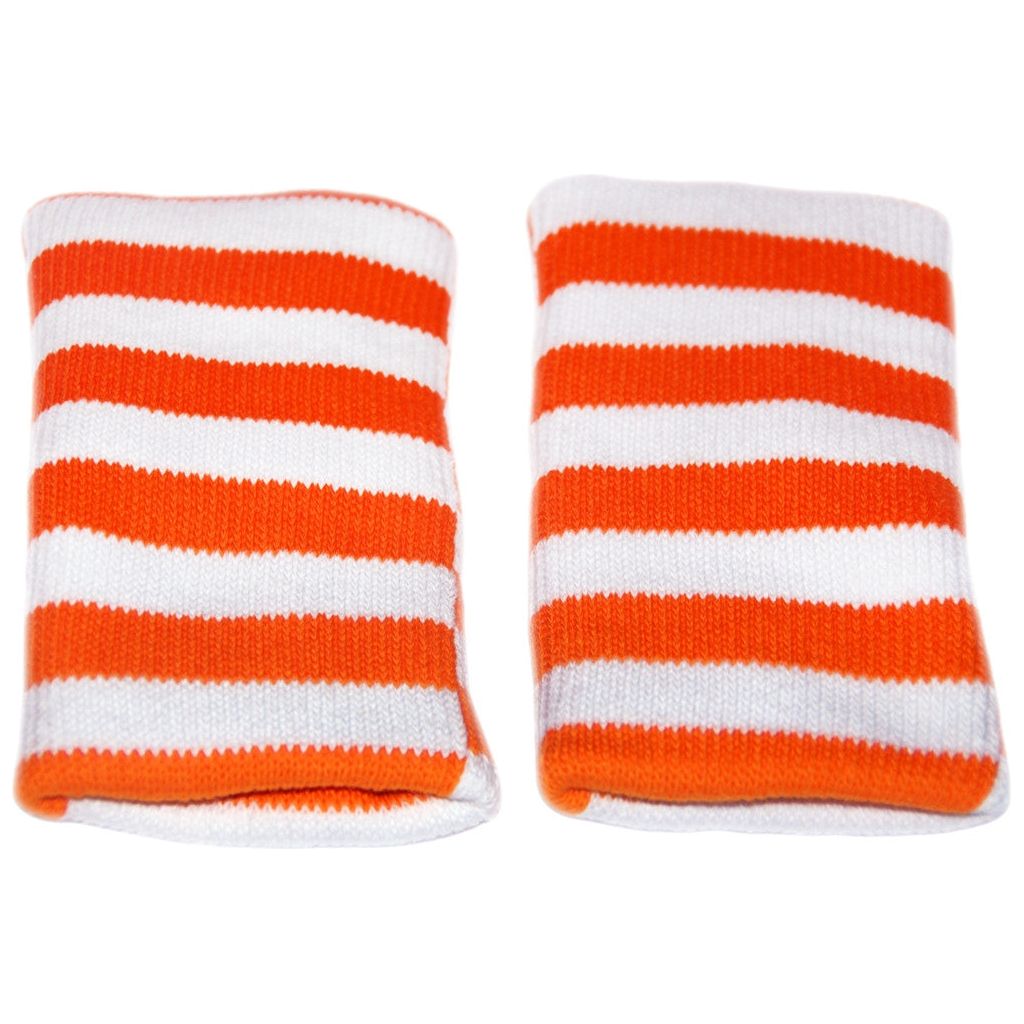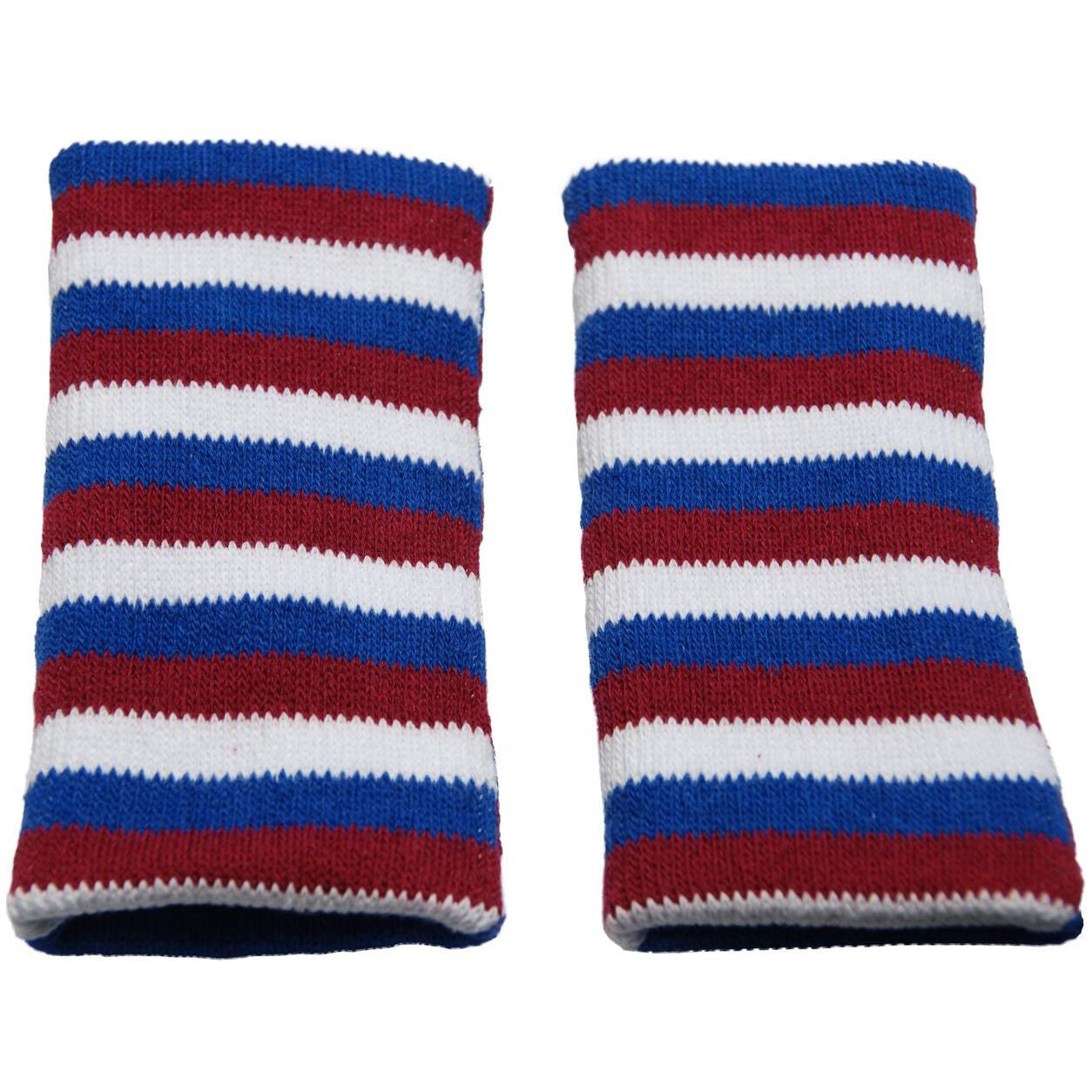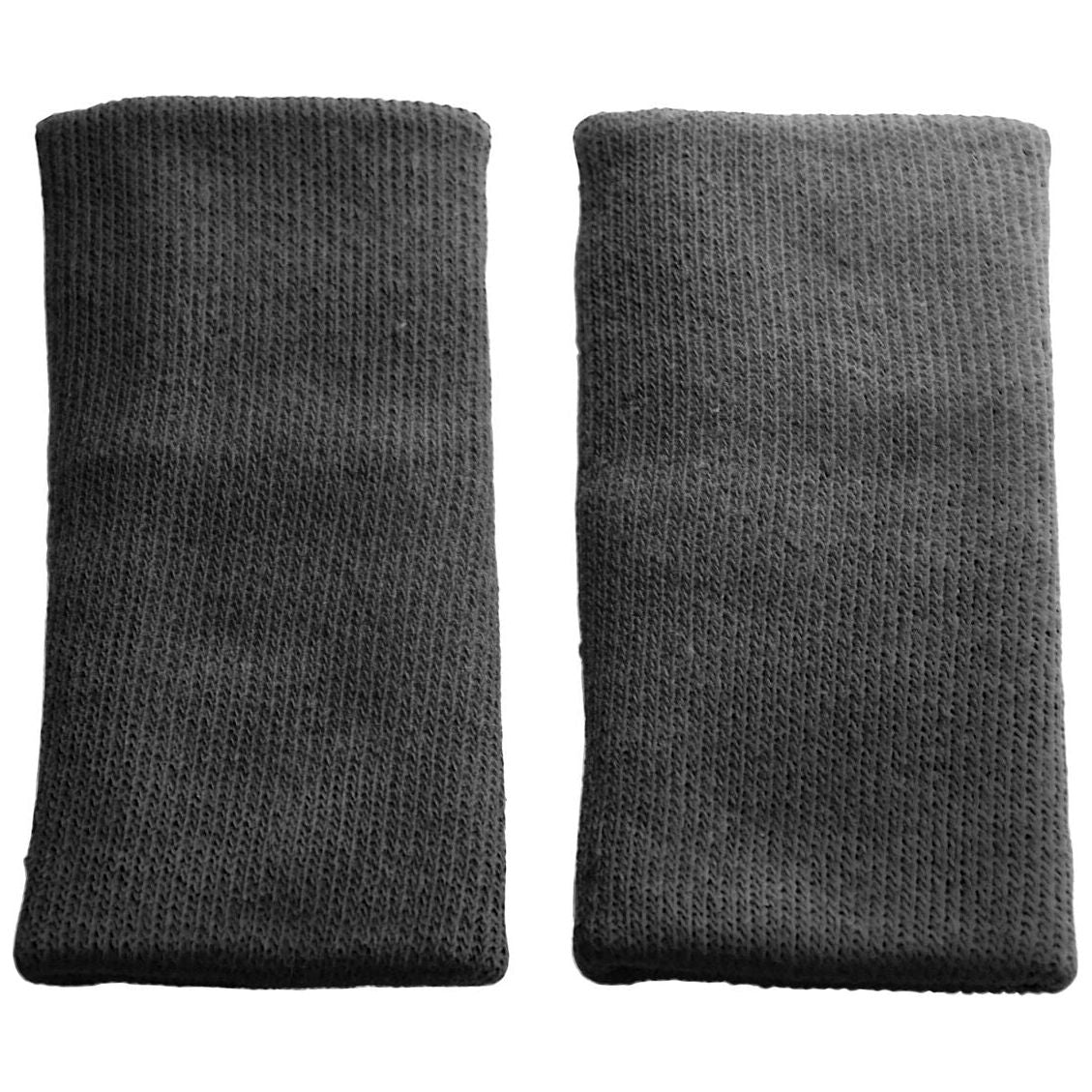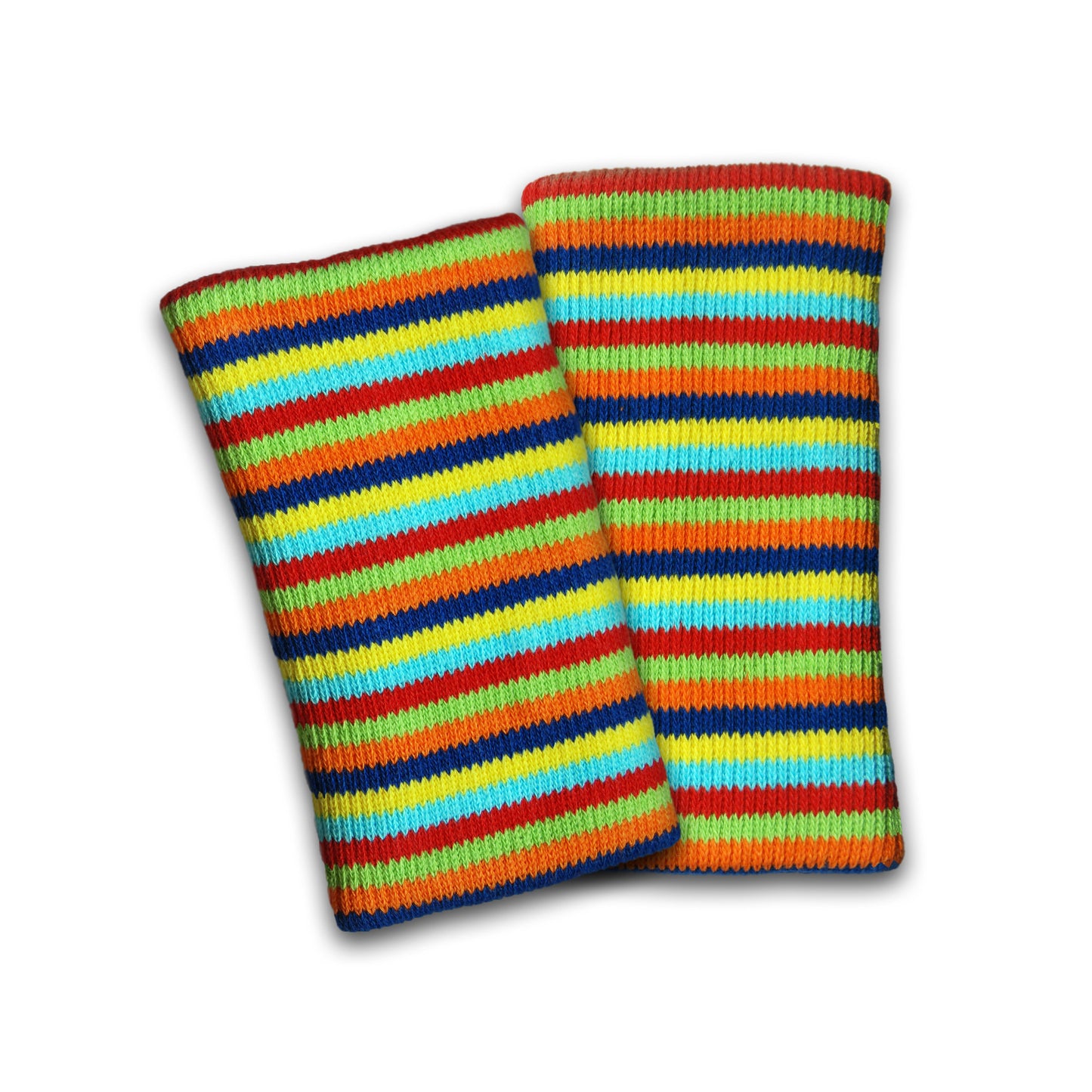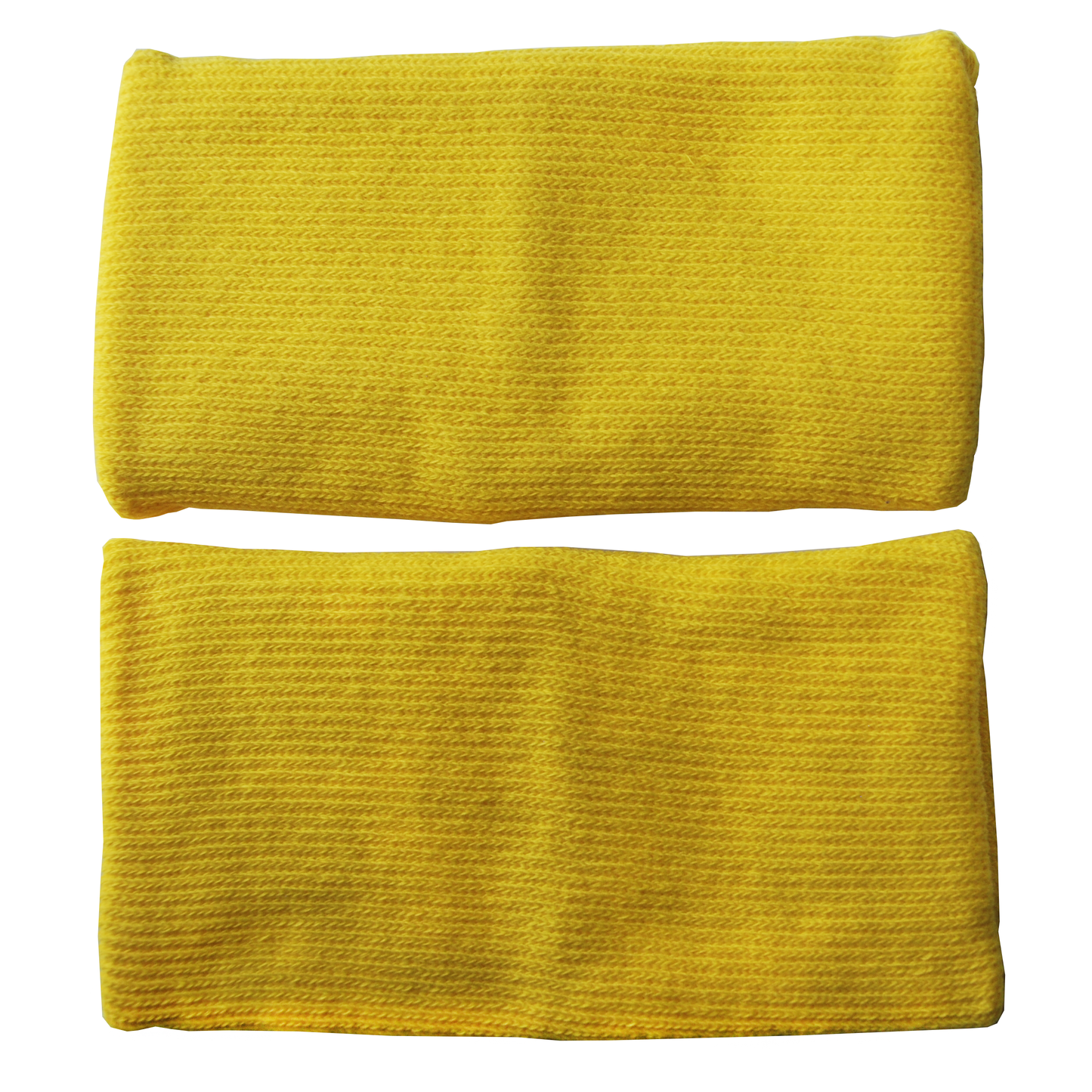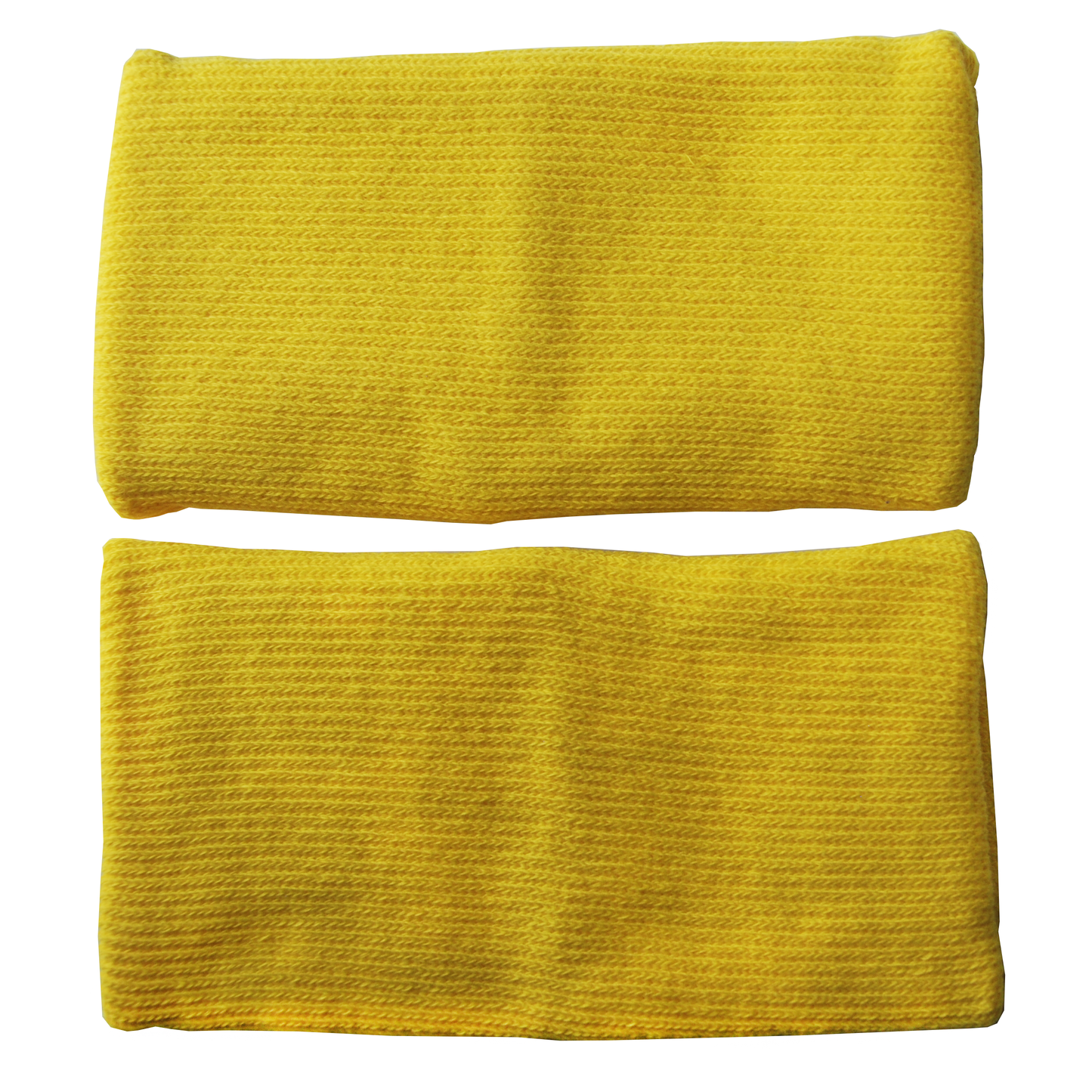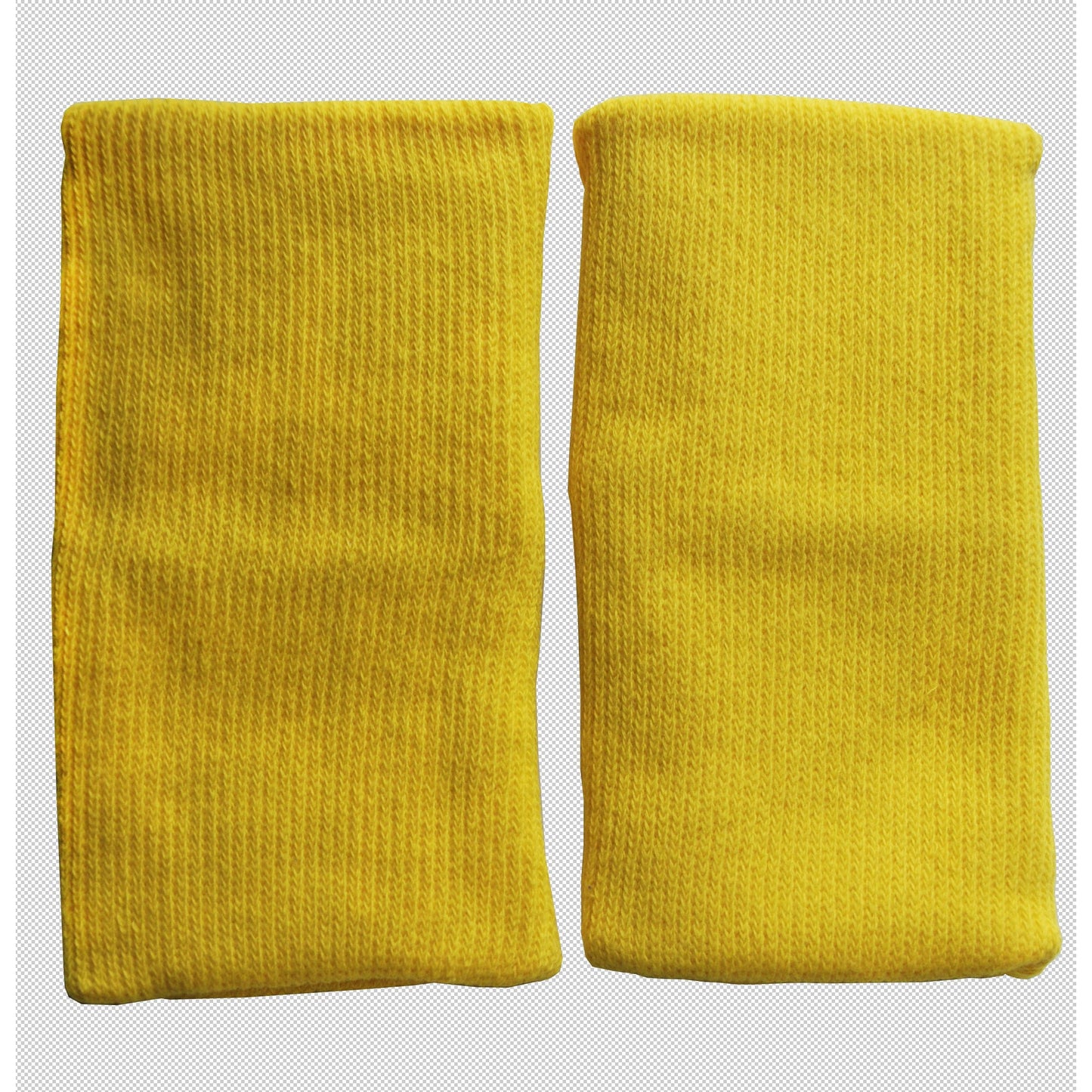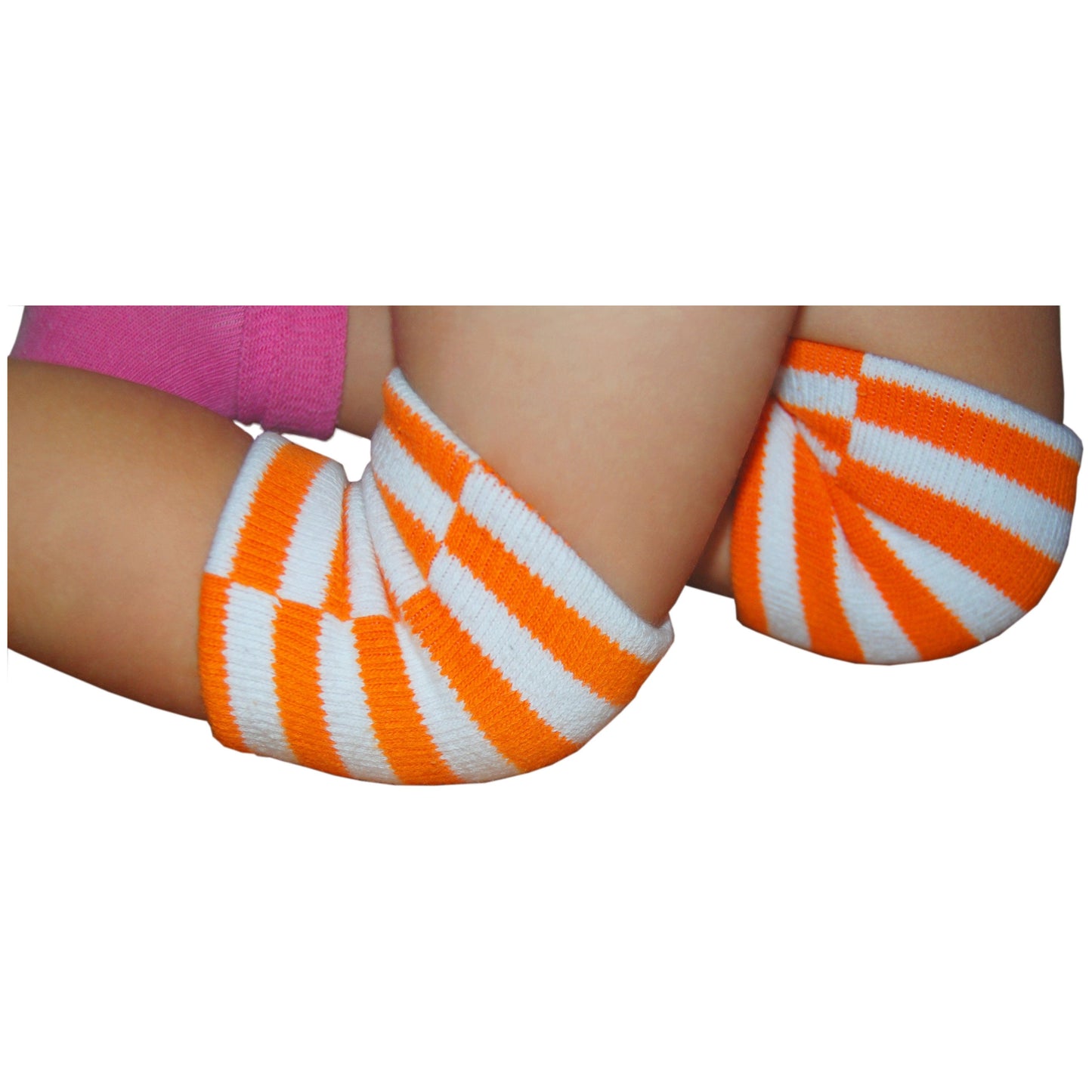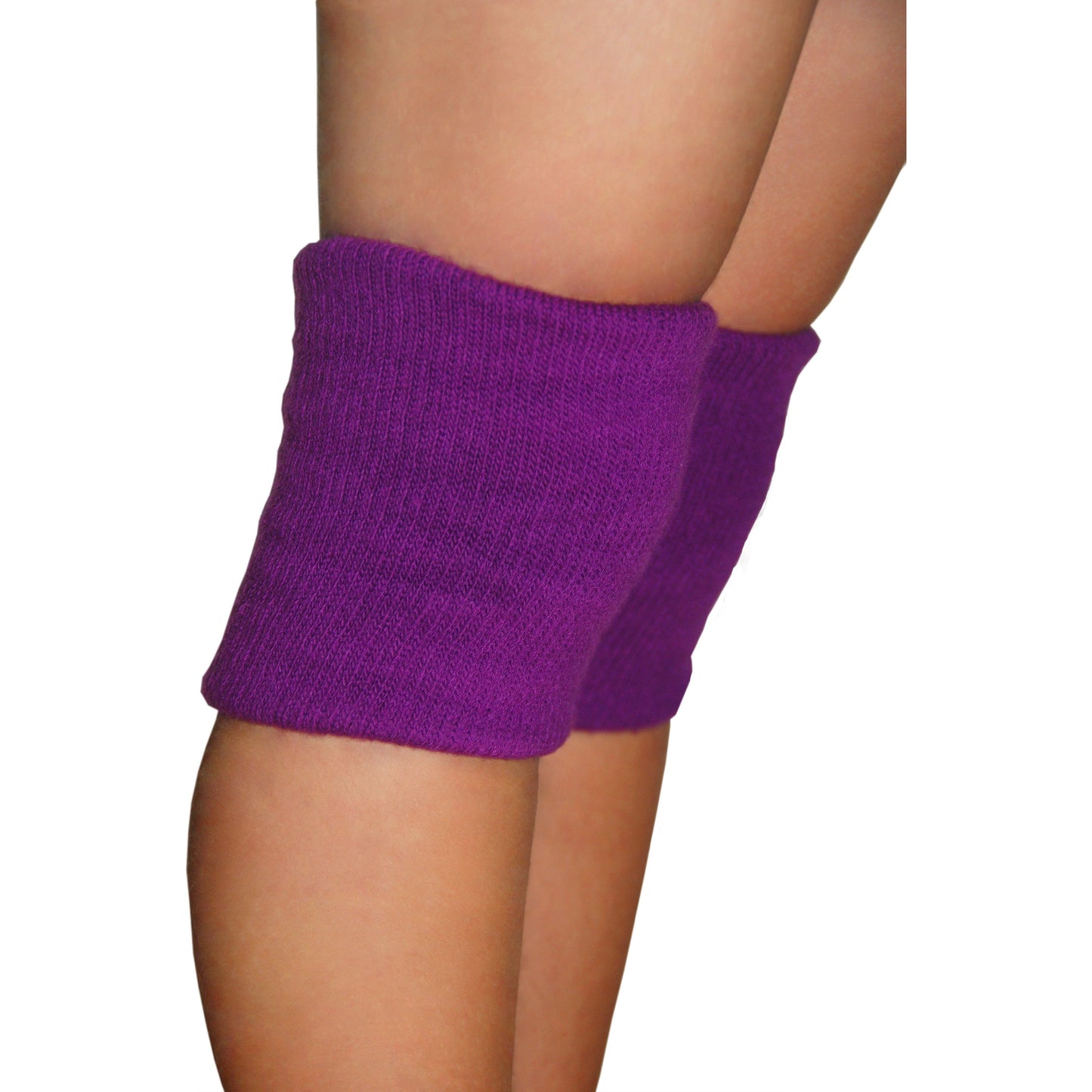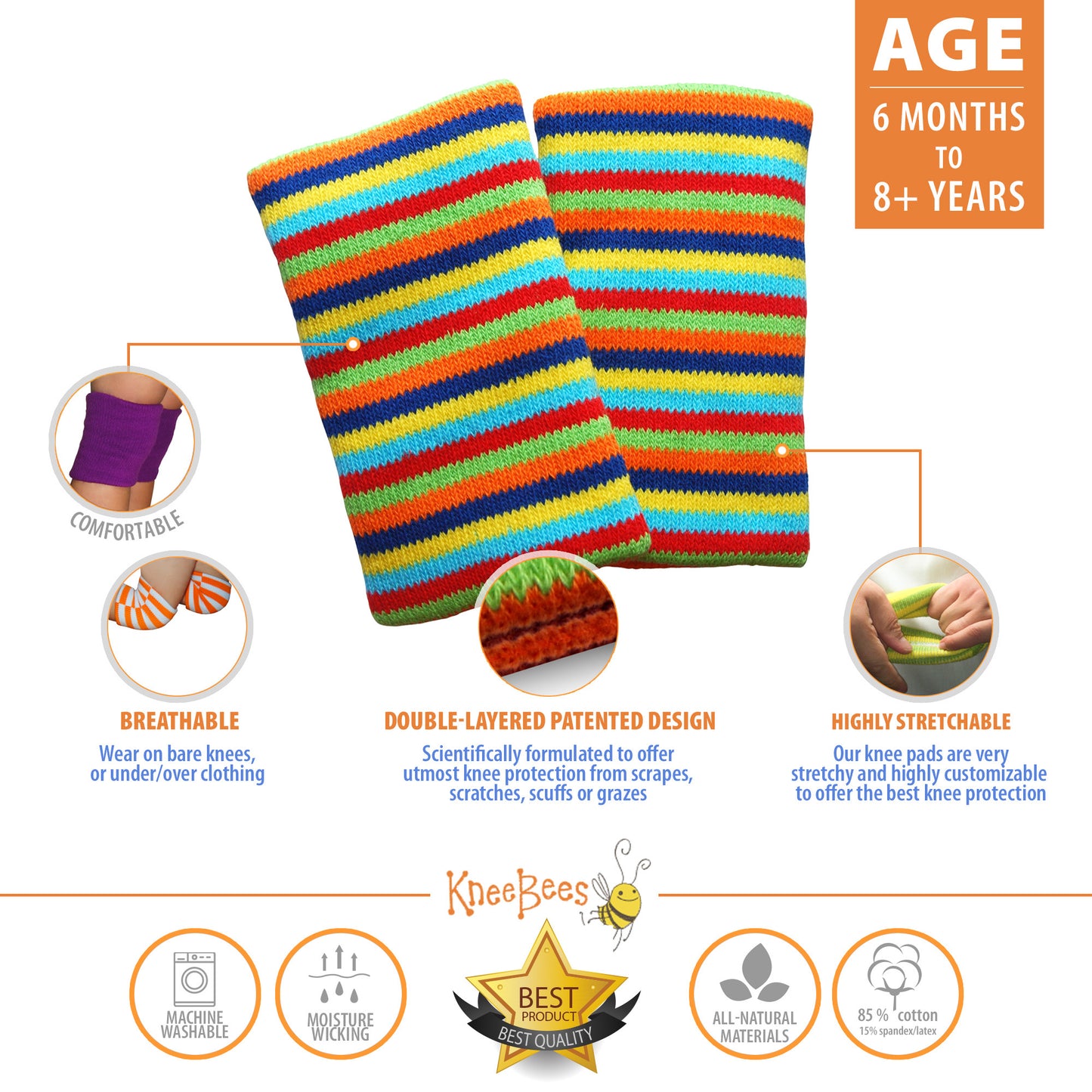How To Treat Skin Wounds In Children
Share
Another great article from What To Expect website on treating minor wounds of our little bundles of joy. Our children are ever curious and constantly find new things to explore. There are bound to be some minor scrapes or abrasions at some point during their explorations. Sometimes, there are ways to prevent minor skin injuries, for example wearing our KneeBees protective knee pads on knees and/or elbows would prevent boo-boos on knees and elbows. However, we cannot put our child in a complete body sleeve (even if some of us may want to). And when there is a skin wound, its always good to stay calm and know what to do.
Below is a guide on how to treat and prevent skin wounds from, taken from What To Expect website:
"How to treat skin wounds: Stop any bleeding. A minor scrape will stop bleeding on its own, but a cut or gash may not. Using a clean washcloth or towel, apply gentle but direct pressure to the wound until the bleeding stops. (If you use a dark-colored cloth, the blood won’t look as scary to your child — or to you.) Double up. If the blood soaks through the cloth, place another one over it and continue to apply pressure. Elevating the injured body part can help to slow the bleeding as well. If the skin wound is on your child’s leg, for example, have her lie on the sofa with her foot propped up on your lap. Distract your child with a story or song or DVD. It will calm you both down. Rinse it off. Hold the injured body part under warm running water to wash away dirt, broken glass, or any other foreign matter. You might find it easier to use the tap in the tub than the faucet in the sink, since it’s at kid-level. Remove any bits of debris that may still be stuck to the wound using tweezers (disinfect them first). Clean it up. If the skin around the cut is dirty, gently wash it with a mild soap — but try not to get soap in the actual wound. Break out the bandages. Once the bleeding has stopped and the wound is clean, dab on a thin layer of antibiotic ointment and apply a fresh bandage. Little kids usually like this part: So make sure you have a selection of cute and colorful bandages on hand, and let your little patient choose which one she wants. Keep it clean. Change the bandage at least once a day or if it gets dirty. When a scab forms, you can remove the bandage — but teach (and remind) your child not to pick at it.
When to call the doctor for cuts and scrapes:
You should seek medical care (by calling your pediatrician or heading to the emergency room) if: The cut or gash is very deep or the edges are widely separated; sutures may be in order. The skin wound won’t stop bleeding, even after you've applied direct pressure for ten or 15 minutes. Blood is spurting (an artery may have been severed). After a day or two, the cut shows visible signs of infection, such as redness, swelling, or pus, or it feels warm to the touch.
Preventing skin wounds:
Accidents will happen, but they’re less likely if you take some simple children's safety precautions. Once your child starts walking, she’ll be able to reach things that she couldn't before, so: Put a safety latch on any drawers that contain sharp objects (knives, forks, scissors, food-processor blades). Place anything that can shatter high up, including drinking glasses, coffee mugs, and hand mirrors. Keep paper shredders out of reach and unplugged when not in use. Make sure your toddler is a safe distance away when you’re loading or emptying the dishwasher. Store tools in locked containers. Keep bins for recycling glass out of reach. Scan your yard for sharp objects that could cause scrapes and cuts, such as pointy rocks (find a place to toss them) or gardening tools (store them in a safe, out-of-reach place).
Of course you won’t be able to prevent your child from every boo-boo — skin wounds come with the toddler territory — but a little bit of vigilance can go a long way toward making her world as safe as possible."

